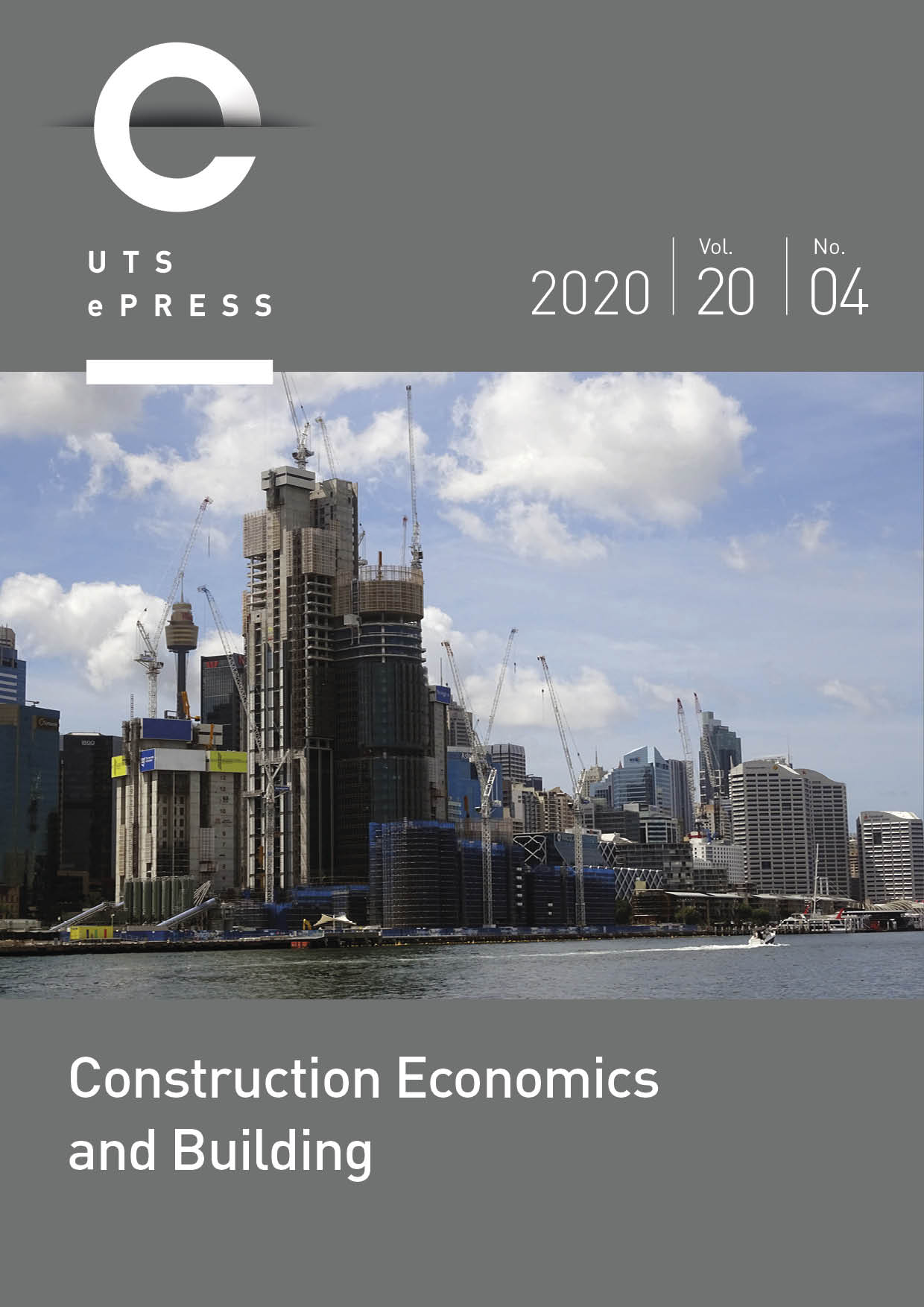Energy and economic analysis of environmental upgrading of existing office buildings
Main Article Content
Abstract
Over many decades, buildings have been recognised as a significant area contributing to the negative impacts on the environment over their lifecycle, accelerating climate change. In return, climate change also impacts on buildings with extreme heatwaves occurring more frequently and raising the earth’s temperature. The operation phase is the most extended period over a building’s lifespan. In this period, office buildings consume most energy and emit the highest amount of greenhouse gas pollution into the environment. Building upgrading to improve energy efficiency seems to be the best way to cut pollution as the existing building stock is massive. The paper presents an economic analysis of energy efficiency upgrade of buildings with a focus of office buildings. The paper identifies upgrading activities that are commonly undertaken to upgrade energy efficiency of office buildings and a case study of three office buildings in Sydney, Australia has been used to analyse the results. The upgrading activities can improve the energy performance of the case study buildings from 3 stars to 5 stars NABERS energy rating in compliance with the mandatory requirement in the Australian government’s energy policy. With the potential increase in energy price, energy efficiency upgrading will become more affordable, but currently, most of them, except solar panels and motion sensors show a negative return and would not be undertaken if they did not also contribute to higher rental income and an increased life span of the building. The upgrading discussed in the paper represent a potentially attractive alternative to demolition and building anew.
Article Details
Section
Authors who publish with this journal agree to the following terms:
a) Authors retain copyright and grant the journal right of first publication with the work simultaneously licensed under a Creative Commons Attribution License that allows others to share and adapt the work with an acknowledgement of the work's authorship and initial publication in this journal.
b) Authors are able to enter into separate, additional contractual arrangements for the non-exclusive distribution of the journal's published version of the work (e.g., post it to an institutional repository or publish it in a book), with an acknowledgement of its initial publication in this journal.
c) Authors are permitted and encouraged to post their work online (e.g., in institutional repositories or on their website) prior to and during the submission process, as it can lead to productive exchanges, as well as earlier and greater citation of published work (See The Open Access Citation Advantage Service). Where authors include such a work in an institutional repository or on their website (ie. a copy of a work which has been published in a UTS ePRESS journal, or a pre-print or post-print version of that work), we request that they include a statement that acknowledges the UTS ePRESS publication including the name of the journal, the volume number and a web-link to the journal item.
d) Authors should be aware that the Creative Commons Attribution (CC-BY) License permits readers to share (copy and redistribute the work in any medium or format) and adapt (remix, transform, and build upon the work) for any purpose, even commercially, provided they also give appropriate credit to the work, provide a link to the license, and indicate if changes were made. They may do these things in any reasonable manner, but not in any way that suggests you or your publisher endorses their use.
